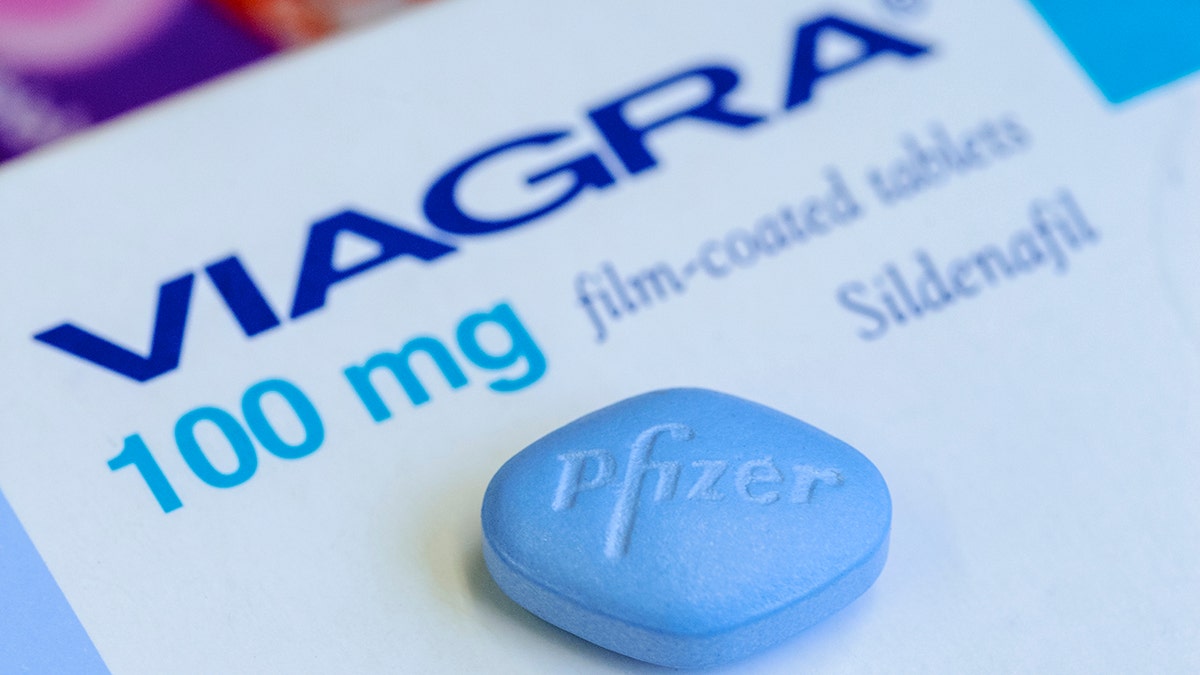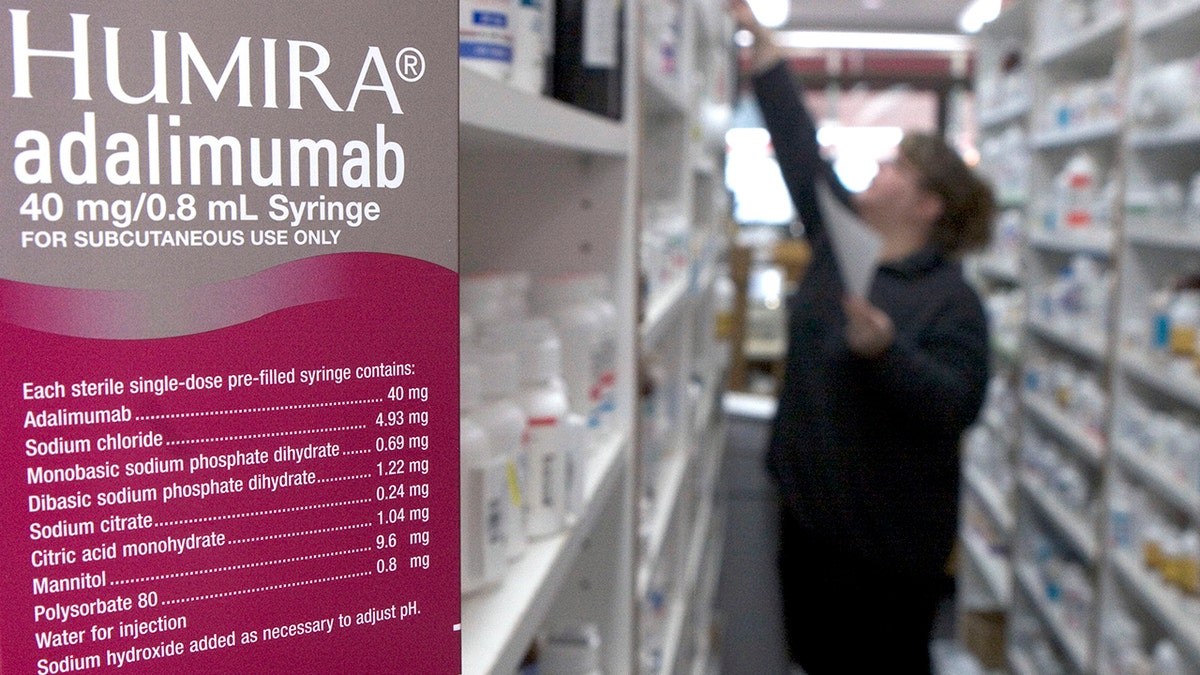Some drugs may seem like they were named by throwing darts at the alphabet – but the process of drug naming is actually very intentional.
In an interview with Fox News Digital, Dr. Dave Latshaw, CEO of the AI health care company BioPhy, revealed how medicines are labeled.
The Philadelphia-based doctor, formerly the AI drug development lead at Johnson & Johnson, said that he, too, at first questioned, “How do they even come up with these [names]?”
OVARIAN CANCER TREATMENT ON FAST TRACK FOR FDA APPROVAL AS CHEMO ALTERNATIVES EMERGE
Naming drugs can be viewed as a “staged process,” based on drug advancement, which begins with the chemical name, Latshaw said.
“If you’re talking about a small molecule, which is the most prevalent type of drug in development, that’s usually a combination of chemical-type names that you’ve probably seen mashed into a single line,” he said.
“If it’s a biologic molecule, its chemical name is typically whatever sequence it happens to be, so that’s the actual chemical composition of the drug itself.”
Once a drug program is picked up by a company, Latshaw said, it is given an “internal code name.”
FDA APPROVES FIRST STERILE AT-HOME INSEMINATION KIT TO HELP WITH INFERTILITY: ‘GIVES ME GOOSEBUMPS’
That code is generally “less complicated” than the chemical name.
“And it usually reflects something about the name of the company and potentially what number in the pipeline it is,” he said.

For example, the rheumatoid arthritis and psoriasis drug Humira, which is developed by AbbVie (formerly Abbott), is referred to by its drug code, “ABT-D2E7.”
As the drug progresses, it is given a more formal yet generic name for its introduction to the public, Latshaw said.
MOST NOTABLE DRUG AND VACCINE APPROVALS OF 2023, ACCORDING TO PHARMACISTS
These evolved names are chosen through collaboration among a few different organizations, including the United States Adopted Names Council (USAN), which is part of the American Medical Association (AMA).
Since the 1960s, the USAN program has assigned generic names to all active drug ingredients in the U.S., in partnership with the United States Pharmacopeial Convention (USP) and the American Pharmacists Association (APhA), according to the AMA Journal of Ethics.

“With few exceptions – [such as] prophylactic vaccines and mixtures not named by the USAN Council – a drug cannot be marketed in the United States without a USAN,” the publication wrote.
A drug’s generic name involves nomenclature that “tells you what the drug is,” Latshaw said, but in words rather than chemical structure.
CERVICAL CANCER DRUG RAISES SURVIVAL RATE BY 30% COMPARED TO CHEMOTHERAPY: ‘GAME-CHANGER’
The doctor used the erectile dysfunction drug Viagra as an example, noting its formal name of Sildenafil.
The generic name uses a prefix and a suffix – the suffix, or “stem,” identifies the drug family, and the prefix serves as the drug’s “unique identifier.”

“You have the suffix that is supposed to tell you what type of drug it is, and then they try to make the prefix as different as possible, relative to the other drugs within that family, so there’s minimal confusion when it comes to prescriptions … to minimize error,” Latshaw told Fox News Digital.
The prefix is most likely one or two syllables, according to the AMA.
CLICK HERE TO SIGN UP FOR OUR HEALTH NEWSLETTER
Once the drug is fully developed and ready for consumers, its brand name is used for commercial marketing, such as Humira or Viagra.
Humira’s generic name is “adalimumab,” with the “-mab” suffix identifying that the type of molecule in the drug is a monoclonal antibody.
The AMA offered the cancer drug “imatinib” as another example on its website, noting how the stem “-tinib” refers to the drug’s function as a tyrosine kinase (TYK) inhibitor.

Latshaw shared that involved parties “do an incredible amount of research” when coming up with brand names to best differentiate them.
The USAN Council is “aware of the importance of coining names that will not be confused with other drug names, compromise patient safety, or mislead health care professionals and patients about the action or use of a new drug substance,” as stated in the AMA Journal of Ethics.
“Once you know this information, if you start seeing the names of drugs referenced, at least you can sort of understand it … and know there’s a relationship there,” Latshaw said.
“If somebody’s talking about a particular drug that might be beneficial to them, that might help them understand, at least at face value, that there are other alternatives … within the same drug family that they might consider or at least bring up with their doctor.”
For more Health articles, visit foxnews.com.com/health.
Read the full article here